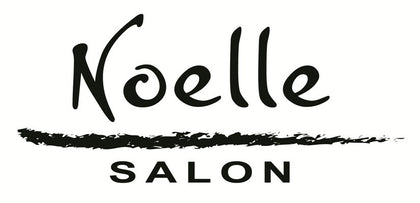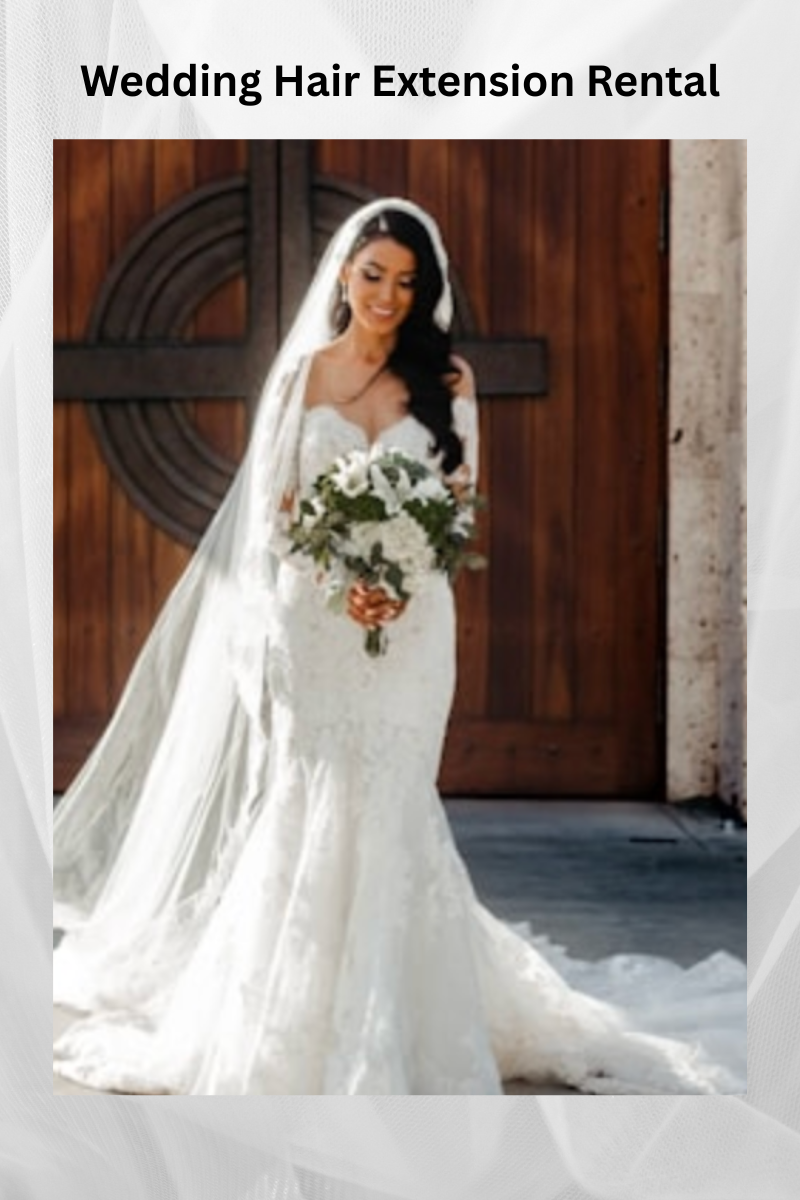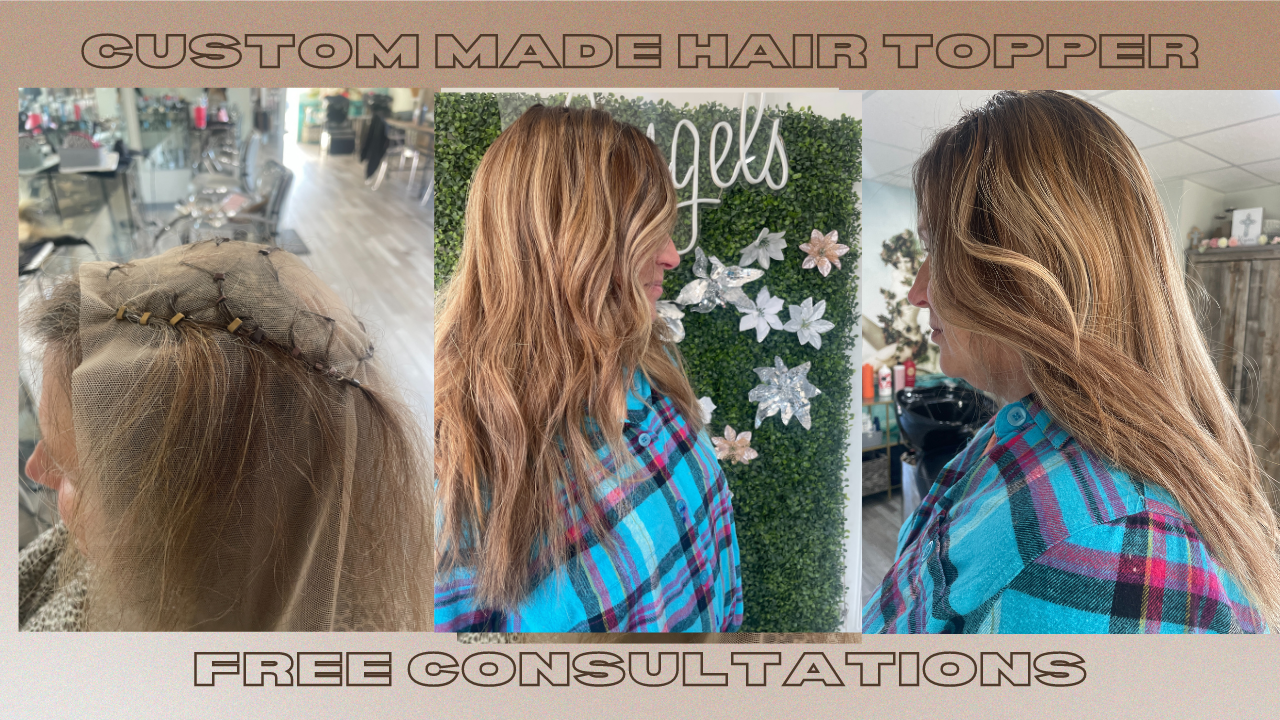Is Wig Density the Secret to a Natural-Looking Wig?
Key Highlights
-
Density in wigs is measured by the amount of hair per square inch on the wig cap.
-
A low density wig offers a lightweight, breathable, and natural appearance ideal for daily wear.
-
Medium densities (100%–130%) are the best density for balancing realism and volume.
-
High-density wigs (140%–200%) create a fuller, glamorous style but may feel heavier.
-
Use a wig density chart to compare fullness levels before buying or customizing your wig.
-
Factors like hair length, texture, lifestyle, and age affect which density suits you best.
-
Low density human hair wigs are perfect for fine or thin hair and easy maintenance.
-
Proper care routines keep all density levels soft, tangle-free, and long-lasting.
Have you ever tried on a wig that looked stunning online but felt too thick, heavy, or just not “you” in person? The secret behind that mismatch lies in wig density. Whether you’re buying your first wig or customizing a human hair piece, understanding density in wigs is key to getting that perfect, natural finish.
In this guide, we’ll explain exactly what wig density means, how it affects comfort, style, cost, and how to choose the right option for your unique needs, whether that’s a low density wig for everyday wear or a fuller, high-density piece for bold looks.
What Does Wig Density Mean?

A lower density means fewer hair strands, resulting in a lighter, more natural look. Higher densities create fuller volume and a dramatic body. Wig density is typically represented as a percentage; for example, 100% mimics average human hair, while 180% or 200% gives you that red-carpet fullness.
Tip: Understanding wig density meaning can save you from buying a wig that looks too bulky or unnaturally thin.
Wig Density Chart: How Do Different Density Levels Compare?
Choosing the right density becomes much easier when you know the visual difference between each level. Here’s a simple wig density chart to help guide your choice:
|
Density Level |
Approx. % |
Look & Volume |
Best For |
|---|---|---|---|
|
Low Density Wig |
50%–90% |
Light, airy, and natural |
Everyday wear, mature women, fine or thin hair |
|
Medium Density |
100%–130% |
Balanced fullness with soft movement |
Most popular option for natural looks |
|
High Density |
140%–200% |
Thick, voluminous, and bold |
Glamorous styles, updos, or photoshoots |
|
Extra Heavy Density |
200% and above |
Dramatic, ultra-thick, and glamorous |
High-fashion looks, drag, or stage performances |
Why Does Wig Density Matter?

The right density determines how natural your wig looks and how comfortable it feels. Let’s look at why this small detail makes a big difference.
1. Achieving a Natural Look
A wig that matches your natural hair’s thickness always looks the most realistic. For instance, low density human hair wigs blend beautifully with fine or thinning hair and create a lightweight, believable appearance.
Medium-density wigs mimic the average human hair volume, making them a safe choice for most wearers.
2. Comfort and Breathability
Lighter densities mean more airflow and less scalp pressure. A low density wig feels almost weightless, making it ideal for daily wear or warm climates. Heavier wigs, while more dramatic, can trap heat and feel bulky during long wear.
3. Cost and Maintenance
Higher density wigs require more hair, making them costlier and slightly more demanding to maintain. If you prefer easy upkeep, go for a low density wig or a medium option that offers volume without heaviness.
If you’re exploring wig density because of thinning hair or sparse areas, a topper might be an even lighter, more flexible option. Learn how to wear one with confidence here: How to Wear a Wig Topper for Thinning Hair Confidently
How to Choose the Right Wig Density for You?

Selecting the perfect wig density isn’t just about how full you want your hair to look; it’s about finding the balance between appearance, comfort, and maintenance. The right choice enhances your features, blends with your natural hair, and suits your lifestyle seamlessly.
Here’s how to make the right call:
1. Match Your Natural Hair Density
The most natural-looking wigs mimic your own hair volume. If your hair is thin or fine, a low density human hair wig (around 100–120%) offers an authentic blend and feels light on the scalp. Those with thick or coarse hair can go higher, think 150% to 180%, to maintain consistency with their natural fullness.
Tip: Compare your natural ponytail thickness to online wig density charts to visualize which range fits you best.
2. Think About Your Hairstyle Goals
Your ideal density depends on how you like to style your wig. Lower densities (100%–130%) are perfect for sleek bobs, straight styles, and short cuts where too much volume can look unnatural. If you love curls, waves, or voluminous looks, higher densities hold shape better and give your hair that red-carpet bounce.
Example: A curly 150% wig will stay fluffy longer than a 100% density one after styling.
3. Consider Your Lifestyle
If you wear wigs daily or live in a warmer climate, comfort matters just as much as looks. Lighter wigs are more breathable and easier to manage during long wear. Low density wigs for white women or older wearers are often recommended for their effortless, natural movement and cooler feel.
Tip: If you work outdoors or move a lot, lighter densities help avoid scalp irritation or heat buildup.
4. Factor in Hair Length and Texture
Length and texture change how density appears. A long straight wig at 130% density may seem thin at the ends, while a shorter or curlier wig at the same density can look much fuller.
Pro Tip: If you love long hair, opt for slightly higher density, around 150%–180%, to keep it looking rich from root to tip.
5. Think About Age and Confidence
As we age, our natural hair tends to thin. Choosing a lighter wig density can create a softer, age-appropriate look that feels elegant rather than heavy. But if you’re aiming for volume to boost confidence, a medium-density wig can still look youthful without feeling overwhelming.
6. Consider Your Face Shape and Body Type
Your face shape and body proportions can influence how a certain wig density appears on you. A wig that looks balanced on one person may seem overwhelming or too flat on another.
-
For smaller or more delicate faces: Light to medium densities (100%–130%) work best. They frame the face softly without overpowering your features.
-
For round or fuller faces: Slightly higher densities (130%–150%) add length and structure, creating a flattering balance.
-
For taller or broader body types: Medium to high densities (150%–180%) complement your proportions and add a touch of fullness for harmony.
Tip: Always try on wigs in natural lighting or with your usual makeup to see how the density complements your overall look and frame.
How to Care for Different Wig Densities?

Wig care isn’t one-size-fits-all. A well-maintained wig holds its shape, color, and softness longer, but the right routine depends on its density. Here’s how to care for each type so your investment lasts beautifully.
1. For Low-Density Wigs
Low-density wigs are naturally airy and delicate, so gentle care is key. Use lightweight, silicone-free products to maintain movement and prevent buildup. A light mist of leave-in conditioner keeps strands soft without weighing them down.
Avoid: Heavy oils, thick serums, or deep masks that can make the hair limp. When washing, use cold or lukewarm water to protect the fibers.
2. Caring for Medium to High-Density Wigs
Medium- to high-density wigs have more hair, which means they need extra moisture and attention to stay manageable. Deep condition every few wears to prevent tangling and dryness, especially near the nape where friction happens most.
Use a wide-tooth comb and start detangling from the tips, working your way up to avoid breakage and shedding.
3. Styling and Drying Tips for Heavier Wigs
If you heat-style your wig often, always apply a heat protectant and use moderate temperatures to prevent dryness or frizz.
Heavier wigs also benefit from air drying on a stand instead of blow-drying, which helps maintain natural volume and keeps the fibers smoother for longer.
4. Caring for Extra Heavy-Density Wigs
Extra heavy wigs (180%–250%) deliver maximum fullness but need extra care to stay healthy and tangle-free. Use rich, hydrating conditioners after every few wears and avoid overbrushing, which can loosen wefts or shed hair.
Because of their weight, store them flat or on a sturdy stand to prevent stretching or cap distortion. Limit daily heat styling and refresh the hair with light oil sprays instead to keep it soft and glossy.
If you use hair extensions alongside your wigs, knowing how to wash them correctly makes all the difference. Read our blog on How to Wash Hair Extensions the Right Way.
What Are the Most Common Mistakes People Make With Wig Density?

Choosing the perfect wig isn’t just about color or style; density plays a big role in how natural, comfortable, and flattering your wig looks. Here are some common mistakes to avoid when selecting the right wig density:
-
Choosing the wrong density for your face or hair type: A wig that’s too thick can overpower smaller faces, while one that’s too thin may look flat on naturally full hair. Always match density to your natural volume and proportions for a balanced, realistic result.
-
Ignoring lifestyle and comfort: High-density wigs may look luxurious, but can feel heavy or hot during daily wear. If you’re active or live in a warm climate, lighter densities offer better airflow and comfort.
-
Assuming higher density always looks better: More hair doesn’t always mean a better look. Excessive density can appear bulky or artificial — choose fullness that enhances your features without overdoing it.
-
Overlooking texture and length: Texture and length can change how density appears. Curls and waves naturally add volume, while long straight wigs may need slightly higher density to avoid thin ends.
-
Skipping professional advice or custom fitting: Every head shape and lifestyle is different. A professional consultation ensures you get the right density, cap type, and fit for your needs.
-
Neglecting density-specific wig care: Heavy wigs need more conditioning and gentle detangling, while lightweight wigs should avoid heavy products that reduce bounce. Always tailor care to your wig’s density.
Choosing the right density is just one part of finding your ideal hair solution. Understanding hair quality, like the difference between virgin and processed hair, helps ensure you invest in the perfect piece. Read our blog on Choosing Between Virgin Hair vs Human Hair Made Easy to make the right choice.
Looking for a Wig That Moves, Feels, and Looks Like Real Hair?
Choosing the right wig density is just the beginning; finding one that truly fits your face, lifestyle, and comfort takes professional care. At Noelle Hair Salon, we specialize in creating customized hair solutions designed to look and feel completely natural.
Our experts understand that every client’s needs are different. Whether you’re looking for low-density wigs for a light, everyday look or a fuller, high-density style for special occasions, we’ll help you find your perfect match.
We offer:
-
Custom human hair wigs, toppers, and extensions tailored to your hair type and texture
-
Personalized fittings for maximum comfort and natural blending
-
Non-invasive hair integration options, no shaving or harsh adhesives
-
Solutions for medical hair loss, thinning hair, and confidence restoration
Our team uses advanced techniques like fine mesh and beaded matrix integration to ensure every piece is breathable, secure, and beautiful. Each wig is fitted with care, so you can feel confident, comfortable, and effortlessly yourself again.
Book an appointment at Noelle Salon today to discover your ideal wig density and enjoy a customized transformation that’s uniquely yours.
Conclusion
The right wig density can completely change how natural and comfortable your wig feels. Once you understand how density affects volume, style, and fit, choosing becomes simple. Whether you love light, everyday styles or bold, fuller looks, the perfect balance is out there, and when it feels right, it looks effortless.
Frequently Asked Questions
What does wig density mean and why is it important when choosing a wig?
Wig density meaning refers to the amount of hair per square inch on the wig cap. Understanding density in wigs helps you pick the best density for balance, comfort, and a natural appearance.
How do I choose the right wig density for a natural look?
Use a wig density chart to compare fullness levels. The best density for a natural appearance usually ranges between 120%–130%, offering soft volume, light density, and realistic movement.
What are the main differences between low, medium, and high density wigs?
Low density wigs feel lightweight and breathable, medium density offers natural fullness, and high density creates a thick, voluminous look. Your ideal choice depends on comfort needs and styling preferences.
Does wig density affect how realistic the hairline looks?
Yes. Density in wigs directly affects realism. A low density wig with light density near the hairline provides a softer transition and a more natural appearance.
Are low density wigs better for everyday wear?
Yes. A low density human hair wig feels cooler, lighter, and more natural for everyday use, making it ideal for daily comfort and subtle volume.
Which wig density works best for people with thin or fine hair?
A low density wig or light density unit works best for fine or thin hair, blending seamlessly while maintaining a realistic, airy feel.
Is high density in wigs suitable for creating voluminous hairstyles?
Yes. Higher density in wigs gives you the amount of hair needed for big curls, waves, or updos, but may feel heavier with extended wear.
What should I consider if I want a wig that doesn’t look overly thick?
Choose light or low density wigs for white women or anyone seeking softness and flow. Less hair per square inch on the wig cap ensures a natural finish.
How does wig density impact comfort and breathability?
Lower wig density allows more airflow through the wig cap, offering better breathability and comfort. Denser wigs hold more hair per square inch, increasing warmth but adding fullness.
Can you recommend some low density wigs for a natural-looking hairline?
Low density human hair wigs with lace fronts or pre-plucked hairlines create the most natural appearance. They move like real hair and feel lightweight on the scalp.




